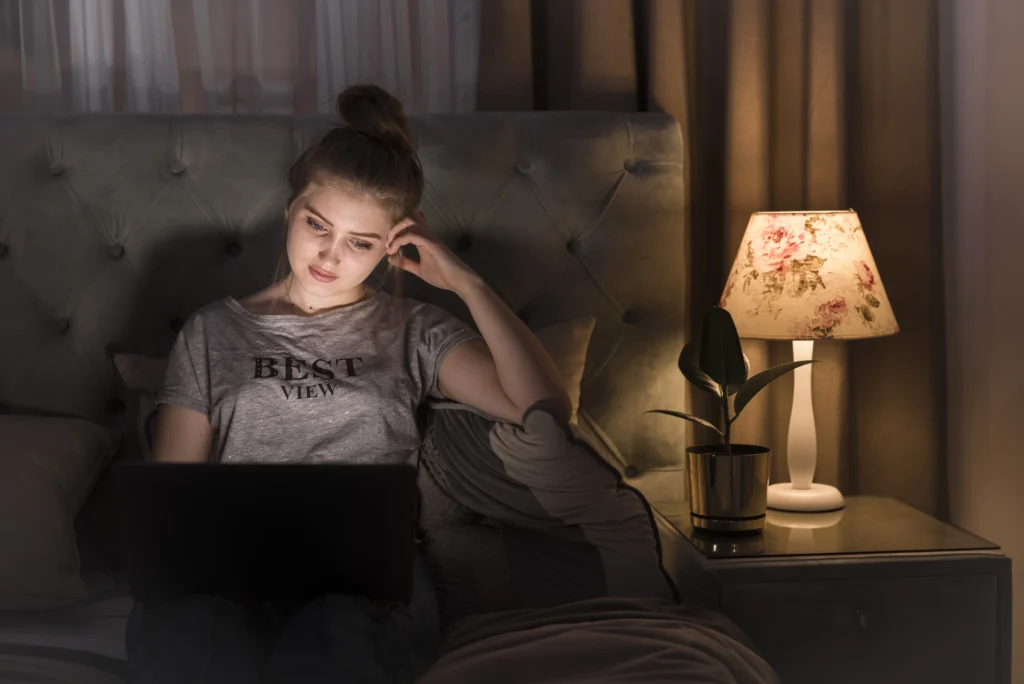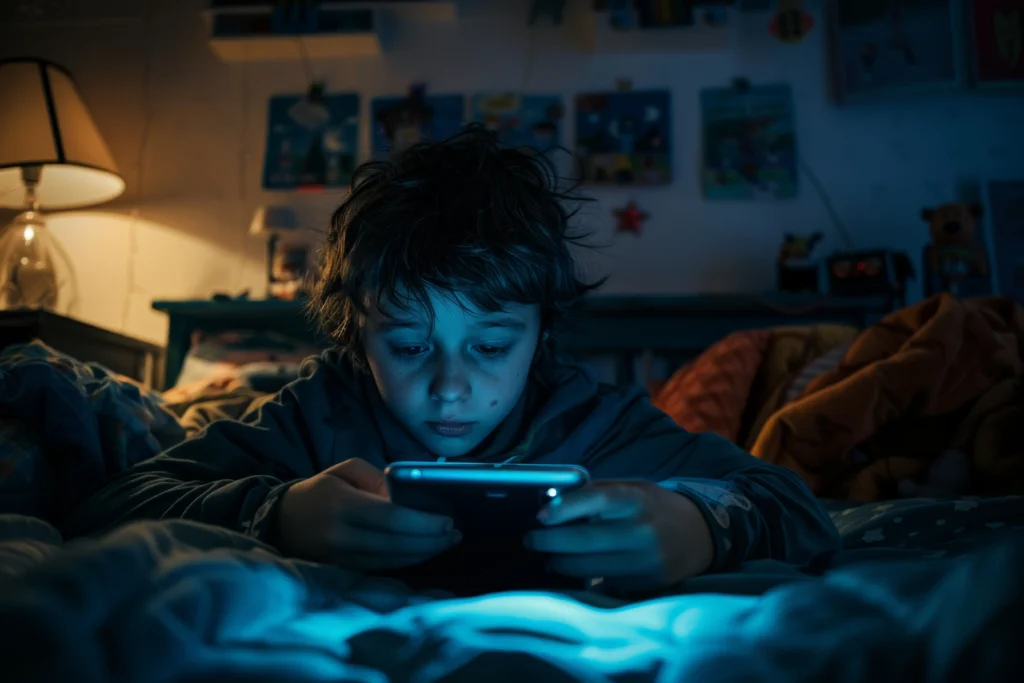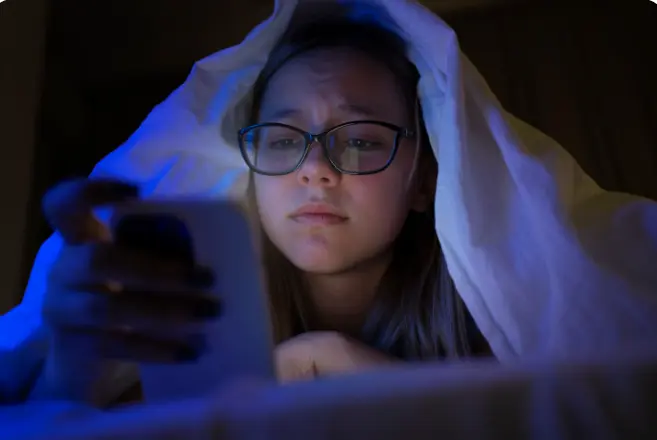September 19, 2025 | Dubai, UAE: In recent years, the city has seen an evident rise in myopia among schoolchildren, especially under the age of 10. Experts in the health sector state that excessive screen time from electronic devices, laptops, and computers is a reason, while secondary factors also include genetics and the environment surrounding the children. The doctors are urging people to change their lifestyle and adopt healthier habits. With the digitalization of learning and entertainment on devices, parents, academic institutions, and health organizations are working to reduce this risk.
How Excessive Screen Time Leads to Rise in Myopia?
Experts state that screentime and myopia are not directly interrelated, but excessive screentime is a medium that fuels myopia. If adolescents spend more time than the recommended time on electronic devices, it boosts the chances of developing myopia. Analysts state that the global pandemic was a salient cause for an increase in screentime among children, which fueled myopia. It is highly evident among adolescents, under the age of 10, whose perceptibility is yet to be thoroughly developed.

Early Detection and Prevention Measures
Adolescents who get myopia early, especially before the age of 8, face a change in perceptibility, leading to grave results in their future life. To tackle this, experts in the health sector recommend that children engage in outdoor activities for at least 1-2 hours to develop their motor skills, become physically fit, and help reduce myopia. Other preventive measures can include the 20-minute rule: 20 minutes of screen time followed by looking at items kept far away for twenty seconds. The factors parents consider are enabling settings on the device that do not affect eyesight, regular eye checkups, screen distance, and lighting.
Academic Institutions and Their Role
Within the school premises, the tutors can visibly notice that the students are unable to see the board from far distances and need glasses. Multiple schools in the city conduct regular eye checkups for several grades, especially for those adolescents who show evident signs of myopia, and with their parents to help them. Educators also watch out for signals such as leaning forward towards the screens or squinting their eyes. They also teach children about the importance of playing outside and giving their eyes rest throughout the day.

Comprehensive Implications and International Effect
The cause of myopia is not just a problem in the UAE, but is spreading across the globe. One out of three children is struggling with myopia. With the statistics of more than 740 million people expected to be affected by myopia by the year 2050. According to the city, climatic conditions, homely surroundings, and consistent use of electronic devices amplify the issue. Left unsupervised, this can lead to bigger health problems in later life. Providing special glasses, eye drops, and contact lenses is considered the probable treatment, but early detection and prevention are more efficient and less bothersome.
The rise in myopia among adolescents in the city, with excessive screen time as its major contributor, is raising public health concerns. While screens are here to stay, used for learning, play, and correspondence, the balance is swaying away from secure visual habits. Steps such as increasing outdoor time, limiting continuous close-up device usage, regular screening in schools, and encouraging awareness among parents and educators are quintessential.

Without hindrance, more young adolescents may face short-sightedness perceptibility or worse in the coming years. However, with preventive measures and coordination across homes, academic institutions, and medical sectors, it is possible to halt this problem and protect children’s eye health for the future.
Read More: New KHDA Policy: Arabic Mandatory in Dubai Early Learning

















